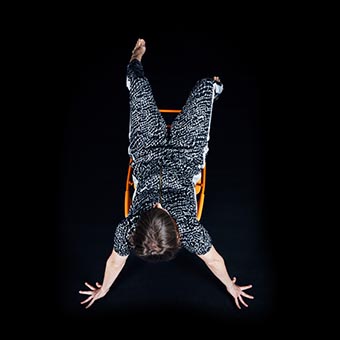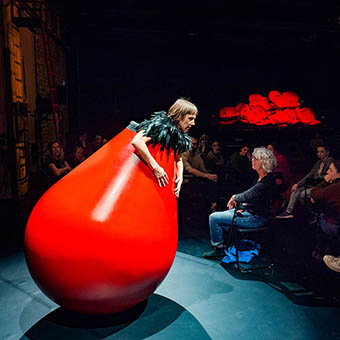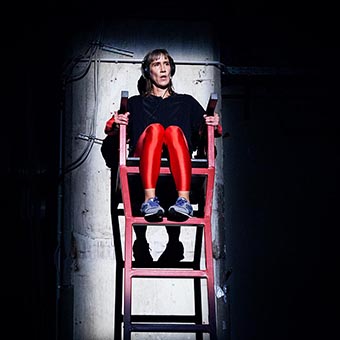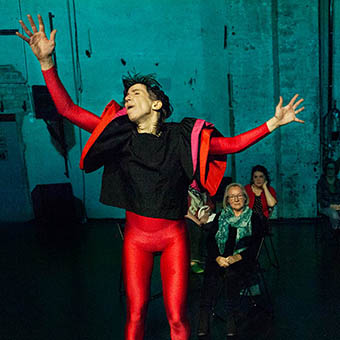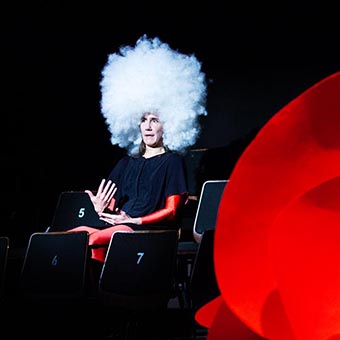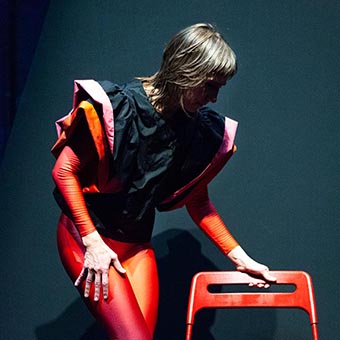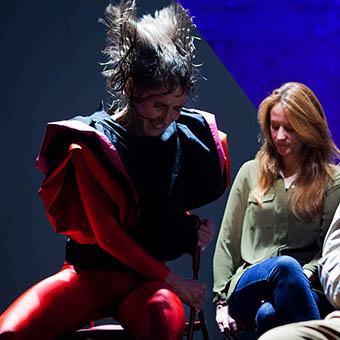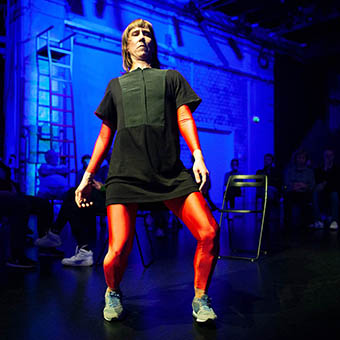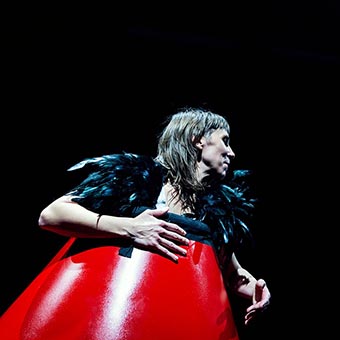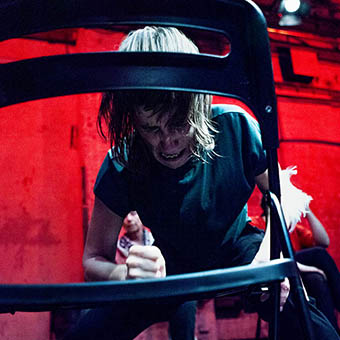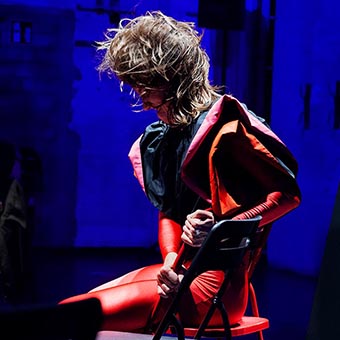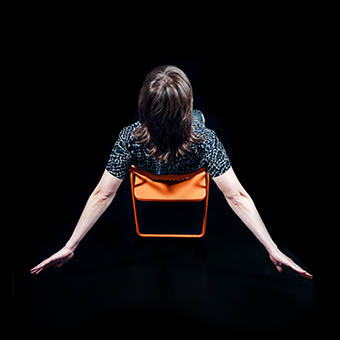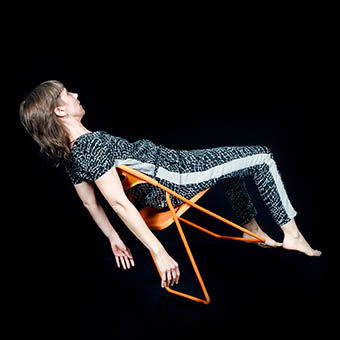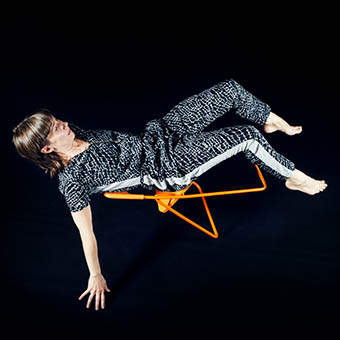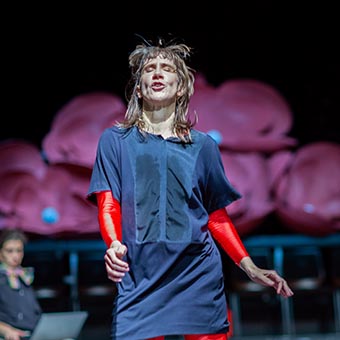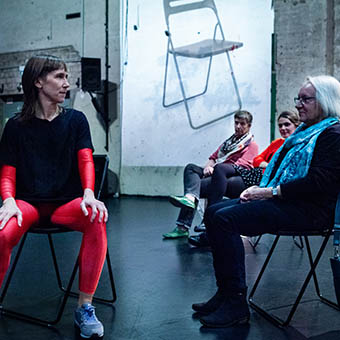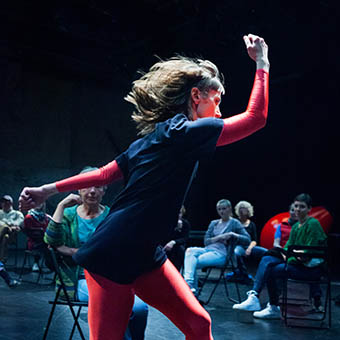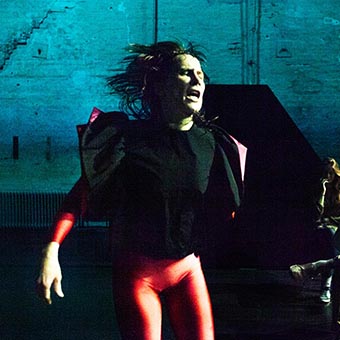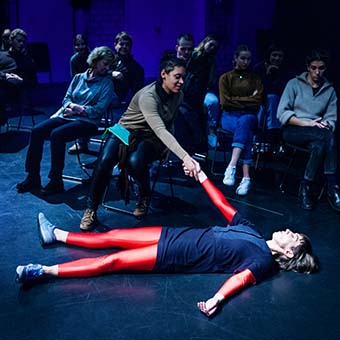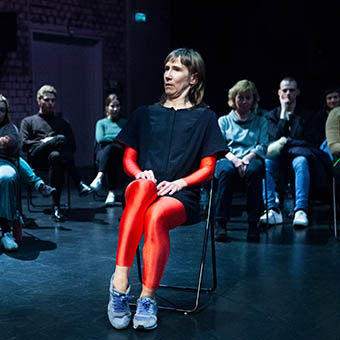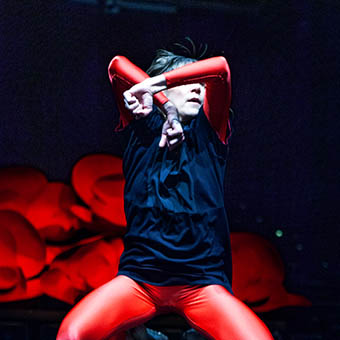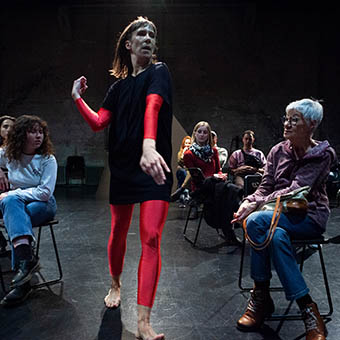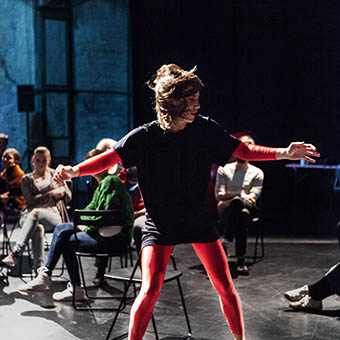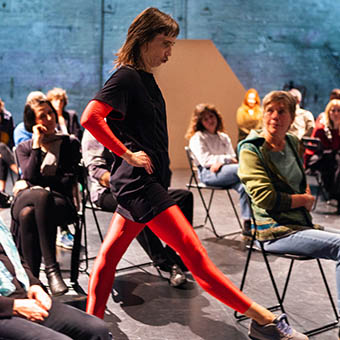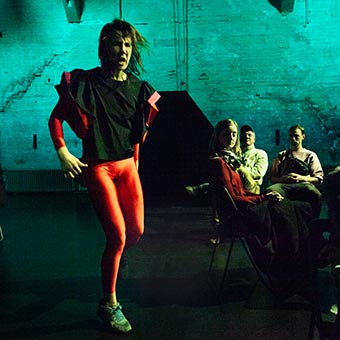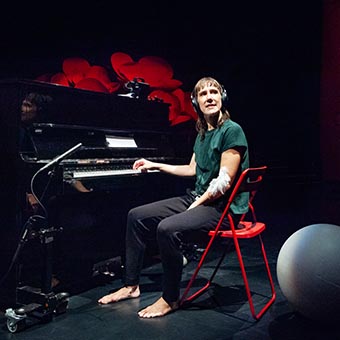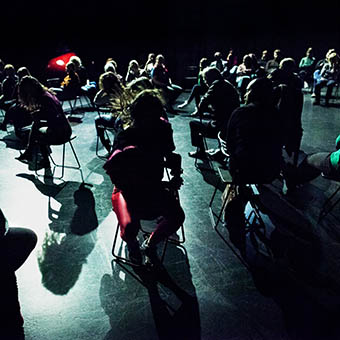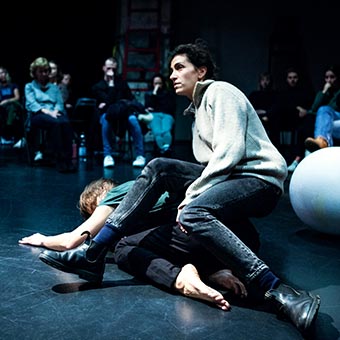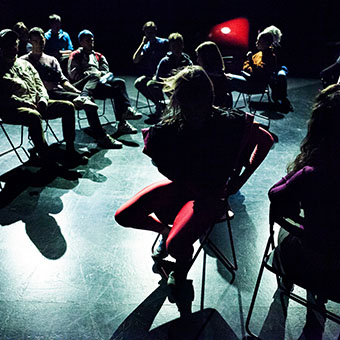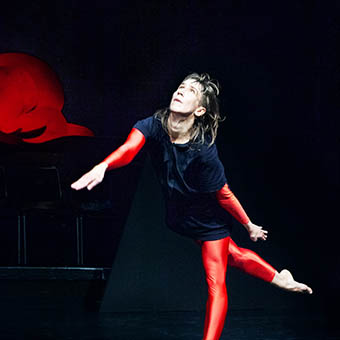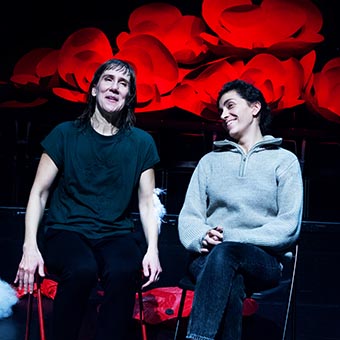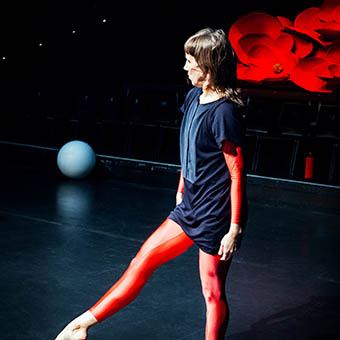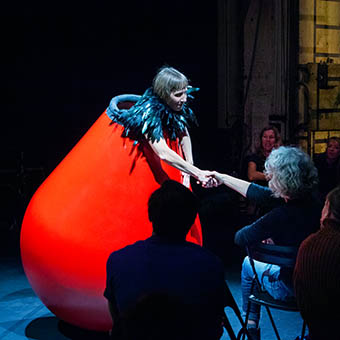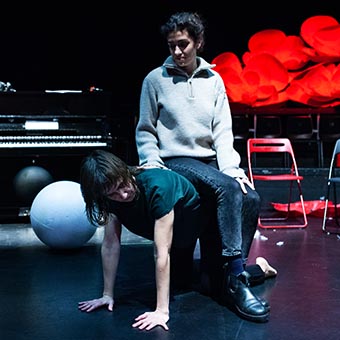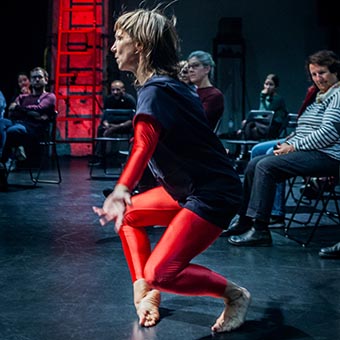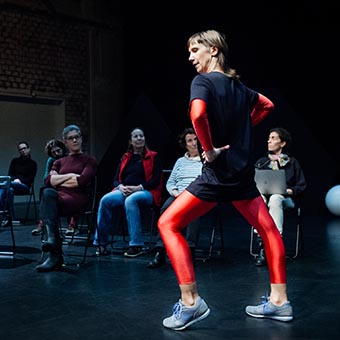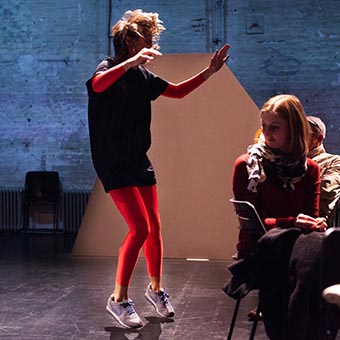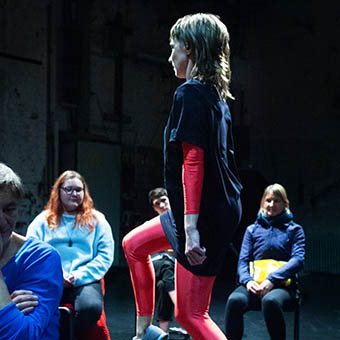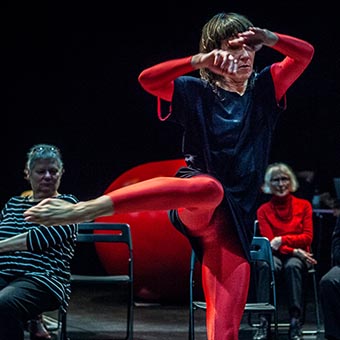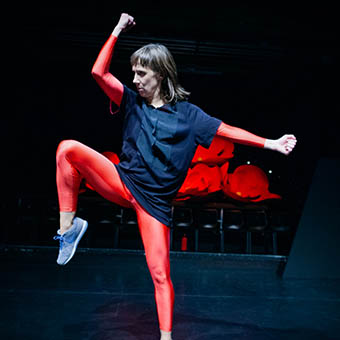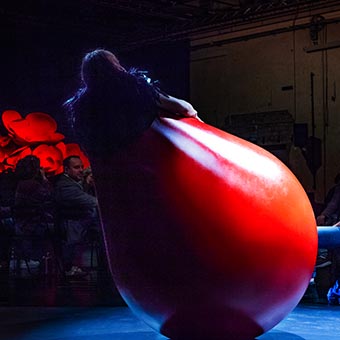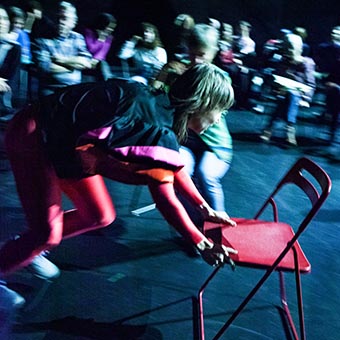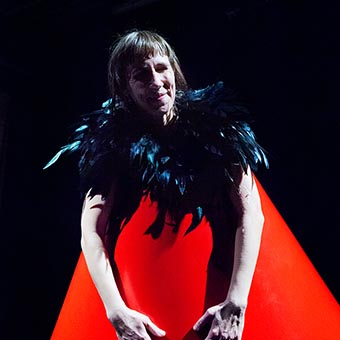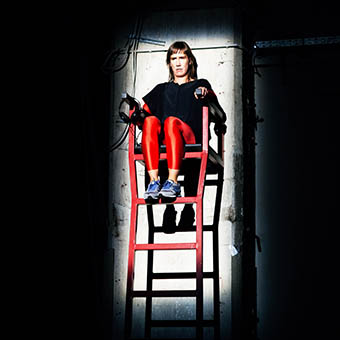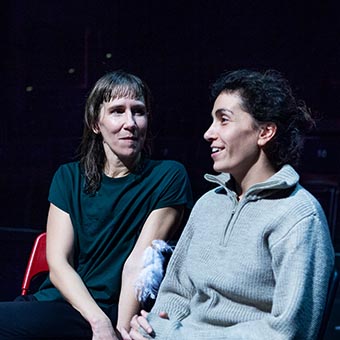World Premiere: October 23rd, 2019, Kampnagel Hamburg
„In the beginning is doubt. Before every sentence, before every word, there is this hurdle: Is it right? How do you know that it is accurate? Is it just? Is it not just true, but perhaps also truthful? And are these just the doubts about what could be said?“ Carolin Emcke
Over three years ago, a trilogy – accompanied by Albrecht Dürer’s copperplate figure „MELENCOLIA I“ – began about the laws of time and transience.
Albrecht Dürer created an angel-like character that cowered near the floor with her knees up and head propped by her left hand. Despite her wings, this figure does not ascend into the air. Everything is calm; work and time stand still. Her idleness is confusing. Is she not doing anything anymore? Or has she perhaps not yet begun doing something? What would be the beginning or ending of her actions, were she not immobile?
„Let me describe it from a personal perspective: This piece is my promise. My promise not to give up. My promise to take part in life, to fail, forge on, be ashamed, take time, always make free decisions about whether I will stand up or sit down.“ Antje Pfundtner
„Sitzen ist eine gute Idee“ is based on the potential for action inherent in immobility. What could Dürer’s cowering figure have already completed or what could await her?
Sitting vs. standing, standing vs. having already stood: Wherein lies the motivation to stand up or sit down again? Melencolia is not sentimental; she is just thinking very fundamentally about when she will act and why.
After the first two pieces about human motives for starting and ending something, or binding performative action to the temporal parameters of beginnings and endings, Antje Pfundtner and her team conclude their trilogy with a solo that is devoted to the motives, meanings and movement of standing up.
Standing up = getting up – moving into a vertical position – acting – possibly testing an uprising and if so, with whom?
In any case, standing up is far too short of a moment to interpret it as the beginning or end: standing up as a so-called momentum (Latin mōmentum: length of a movement).
Standing up is a melancholic moment, especially when the time has come to conclude the trilogy, to rise up, stand up for your audience, to move it. When the audience then stands up, the piece is over and the audience sets off. But where do they go, and why did they come in the first place?
As a relic of „having come“ and „leaving again“, the soloist and the chairs remain – where the people sat at the beginning and from which they raised themselves at the end.
Idea & concept: Antje Pfundtner in Gesellschaft
Choreography: Antje Pfundtner
Dance: Antje Pfundtner
Dramaturgy: Anne Kersting
Music: Nikolaus Woernle
Stage/ performative objects: Irene Pätzug
Artistic assistant & The Time: Juliana Oliveira
Costumes: Yvonne Marcour
Lighting: Michael Lentner
Production & PR: Hannah Melder
Distribution: Jana Lüthje
Guests during research: Christina Ciupke, Cornelia Dörr, Hermann Heisig, Lea Martini, Fabrice Mazliah, Sheena McGrandles, Eva Meyer-Keller, Matthew Rogers, Anna Till, Frank Willens
„Sitzen ist eine gute Idee“ is a production by Antje Pfundtner in Gesellschaft in coproduction with Kampnagel Hamburg, HELLERAU – Europäisches Zentrum der Künste Dresden and FFT Düsseldorf. „Sitzen ist eine gute Idee“ is supported by the Freie und Hansestadt Hamburg, Behörde für Kultur und Medien, the Fonds Darstellende Künste which is funded by the Federal Government Commissioner for Culture and the Media, the Kunststiftung NRW and the Probebühne im Gängeviertel.
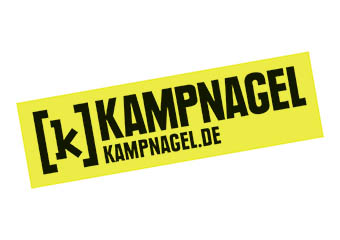
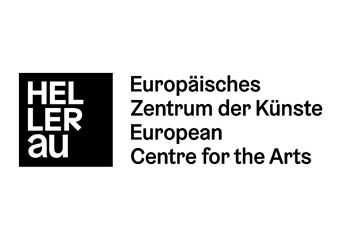
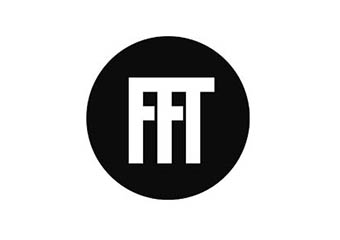
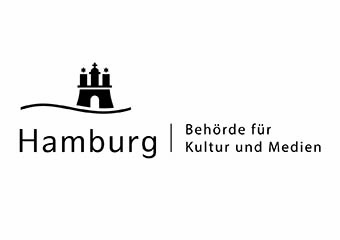
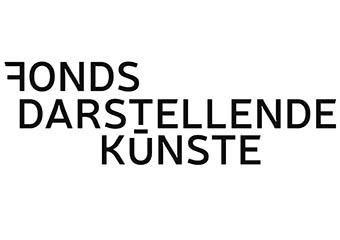
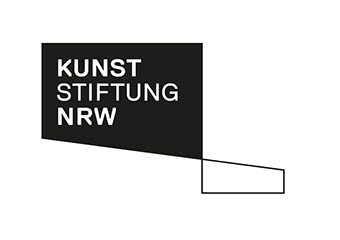
Photos
Photos: Simone Scardovelli
Press
„Hamburg’s outstanding choreographer enthused the audience in her solo evening – even after they had long since left the room. It is accomplished. Hamburg’s outstanding choreographer Antje Pfundtner has now completed her three-year trilogy on the subject of time and transcience. ‚Sitzen ist eine gute Idee‘ [‚It is a good idea to sit‘], her solo dance evening at Kampnagel, is – after ‚Ende‘ and ‚Alles auf Anfang‘ – her most radical work to date. In a matter of seconds, she switches from brave, deeply sad, ridiculous, strange – and sometimes she is all of these things at once. (…) The unexpected often follows an announcement. It is a dance evening full of sleight of hands and craziness. (…) With no mercy, she takes the audience prisoner – with graceful movement, but also with intelligent words. (…) In the end, the evening raises philosophical questions about time and transcience. Pfundtner breaks down any hints of sentimentality with holy earnest. (…) and when Pfundtner keeps coming up like a roly-poly toy until the last guest has left, then that is the grand finale to a well-composed piece.“ Annette Stiekele/ Hamburger Abendblatt
„(…) Seated, the folding chair next to her is empty, she (Antje Pfundtner) calls out: ‚my left, left spot is free, I want Jan to come to me‘. Later, it’s Edith, Klaus, her grandmother and many more. What begins as a fun game finally ends in the recognition of a sad and unavoidable reality. No matter whose name the Hamburg dancer calls and then desperately shouts: the spot remains empty, and one begins to understand that she is reaching out with all her pain to the dead, to the missing. A harmless children’s game becomes a moving lament, a simple folding chair to a symbol for the burning empty places in life. It is – also because of the carefree calm afterwards – the most touching, intense scene of the evening. (…) The vivid and splendidly absurd final image sees Pfundtner climbing into a big red buoy, standing up and then rolling back and forth with the foreign body for minutes. Now Pfundtner has found the image that tells the story of melancholy when standing and moving. Until then, for two intense hours, she has been working with her body, with kitsch, with words, with her thoughts, with odd objects and her audience – to create a touching, intimate and – with the audience’s participation – collective solo. Here, precisely in the moments of apparent fun, a deep melancholy lets its presence be known.“ Katrin Ullmann/ taz
„Fractures like this one are what characterizes this evening – when poetry suddenly blossoms from aggressive rebellion, when stage fog becomes ‚clouds like us‘. Until Antje then (…) climbs into a red object, repeatedly reappears through an opening (…) to then rock back and forth in this ‚roly-poly toy‘. Back and forth. With a friendly smile. Until the audience understands: it will go on like this forever if we don’t stand up. When the first people leave the theater, there is short applause – but there is no real end, no one bows. Antje rocks back and forth, endlessly … It is a brilliant final image that she succeeded in creating: it was the common thread in this trilogy – that there is no end and no beginning, and that it will always remain in doubt what Dürer’s fallen angel is looking at. It is the beginning? The end? Infinity? Whatever the case may be, Antje Pfundtner and her ‚Gesellschaft‘ has managed to create a small work of art here in which dance and language join to create a harmonious whole. One wish remains: that the trilogy is shown ‚en suite‘, as a series on several evenings. It is the combination of all three works, which are all so different and yet share a common base, that makes clear how tremendously complex, well thought and worked out they are. It would be a shame if they were only shown a few times individually and then disappeared into oblivion.“ Annette Bopp/ tanznetz.de

